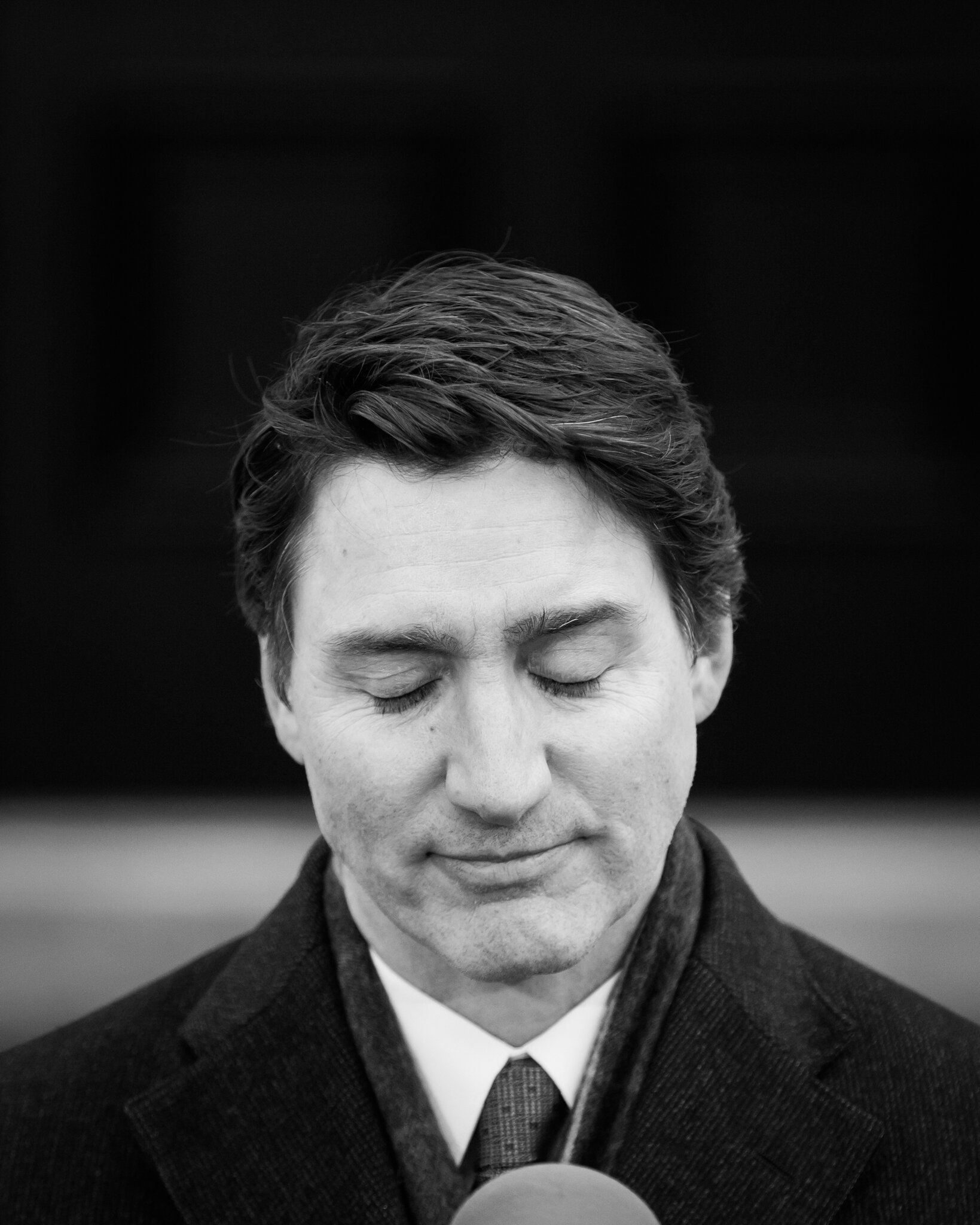
New York Times (Opinion)
Important Note: AllSides provides a separate media bias rating for the The New York Times news pages.
This page refers to The New York Times opinion page, including op-ed writers and the Editorial Board. The Editorial Board’s bias is weighted, and affects this bias rating by roughly 60%. Not all columnists for the New York Times display a left bias; we rate many individual writers separately (see end of this page). While there are some right-leaning opinion writers at the Times, overall the opinion page and Editorial Board has a strong Left bias. Our media bias rating takes into account both the overall bias of the source’s editorial board and the paper’s individual opinion page writers.
In the sunny beginnings of Justin Trudeau’s time in power, a journalist asked him why his cabinet was 50 percent female. Mr. Trudeau gave a now well-known response: “Because it’s 2015.” If you want to know why on Monday he announced his plan to resign as prime minister, the answer is just as simple: Because it’s 2025.
Mr. Trudeau’s political career has followed the arc of global progressive politics over the past decade, reflecting its transformation from a pose of optimistic cool to its present state of despair. At the beginning of his time in office, New York magazine depicted Mr. Trudeau as a cutout paper doll with costumes, which seemed about right. Now he’s increasingly the butt of jokes from the manosphere.
In 2015, Mr. Trudeau was at the forefront of a new kind of politics, both in terms of how he came to power and how he chose to use it. He harnessed the emerging force of social media with his easygoing celebrity to win his first election. Once in office, he stressed the gender and ethnicity of the people he put in important positions as much as what they planned to do with the power they possessed. Now, identity politics have helped bring about his downfall, and social media networks have soured on him.










